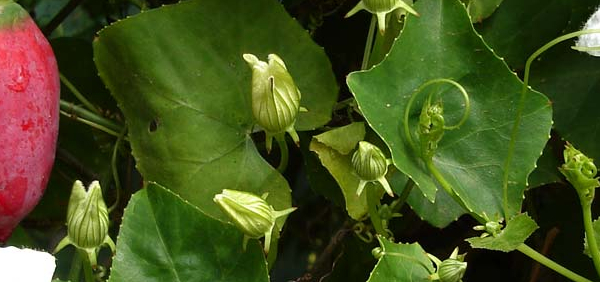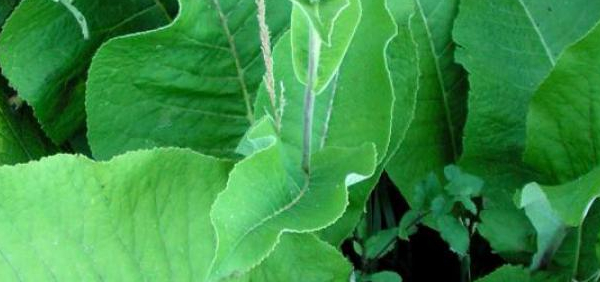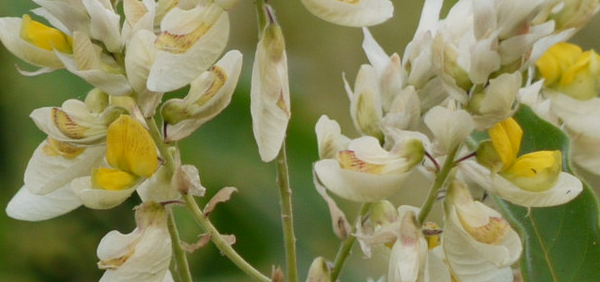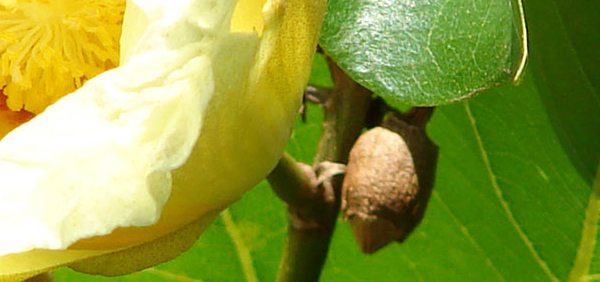amritaphala :

Phytochemistry:
Arbutin (hydroquinone-β-D-glucopyranoside) is a
natural phenolic glucoside found in various plant
species of diverse families such as Rosaceae
(Pyrus communis Linn.)[16]. The leaves contain
arbutin, isoquercitrin, sorbitol, ursolic acid,
astragalin and tannin[21].The bark contains
friedelin, epifriedelanol and beta-sitosterol[14].
Phloridzin is present in the root bark[28].
Flavonoid glycosides have been isolated and
identified: quercetin 3-O-β-D glucopyranoside,
kaempferol 3-O-β-D (6”-O-α-Lrhamnopyranosyl)-glucopyranoside and quercetin
3-O-β-D-(6”-O-α-L-rhamnopyranosyl)-
glucopyranoside. Sterols and triterpenes (βsitosterol and α-amyrin), phenolics and
coumarins are present in Pyrus communis Linn.
Flowers. Chlorogenic acid is also isolated and
identified from Pyrus communis Linn. flowers.
The triterpenoids were isolated from the stem
bark of Pyrus communis Linn.
- » Classification and names of amritaphala
- » Synonyms and definitions of amritaphala
- » Drug Properties of amritaphala
- » Chemical Constituents of amritaphala
- » Standardization of amritaphala
- » Parts used and Dosage of amritaphala
- » Morphology and Histology of amritaphala
- » Distribution and Conservation of amritaphala
- » Cultivation of amritaphala
- » amritaphala in the market
- » Medicinal Uses of amritaphala
- » Researches and clinical trails of amritaphala
- » amritaphala in other sytems of medicine
- » Ayurvedic formulations with amritaphala
- » Images of amritaphala












